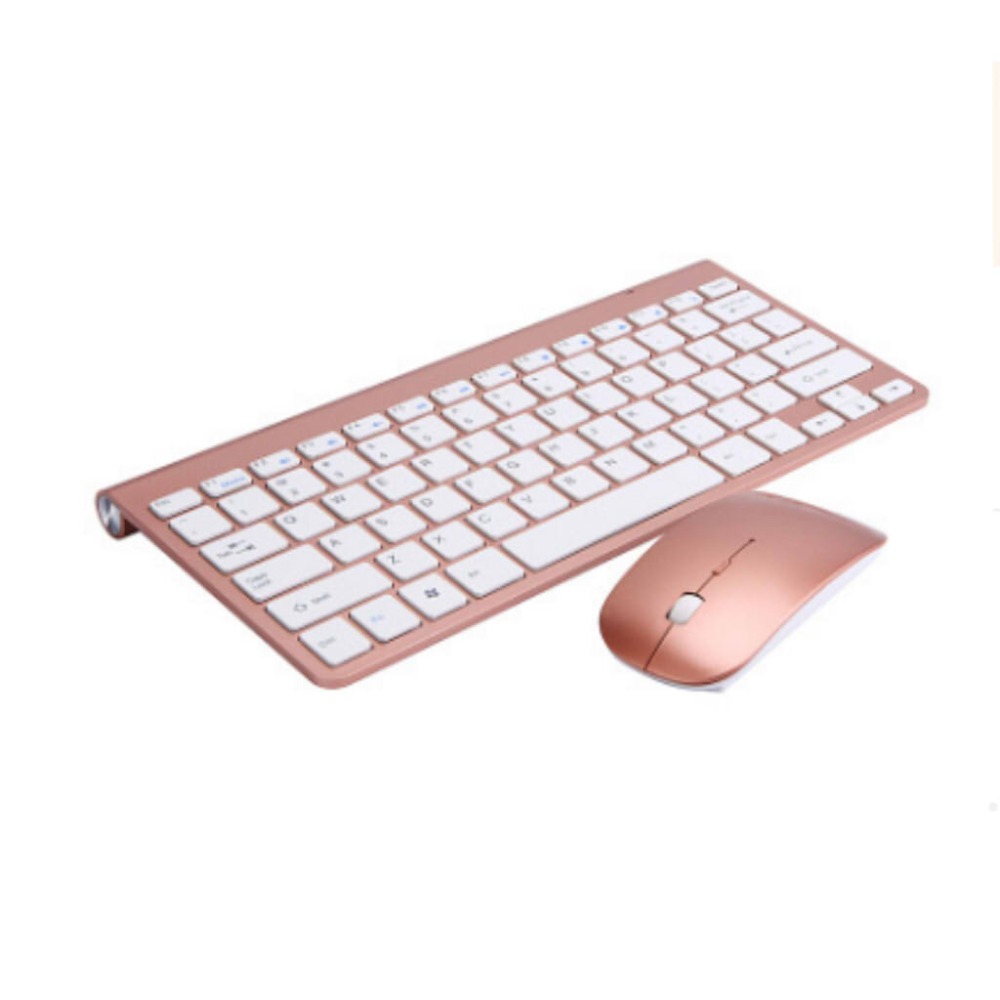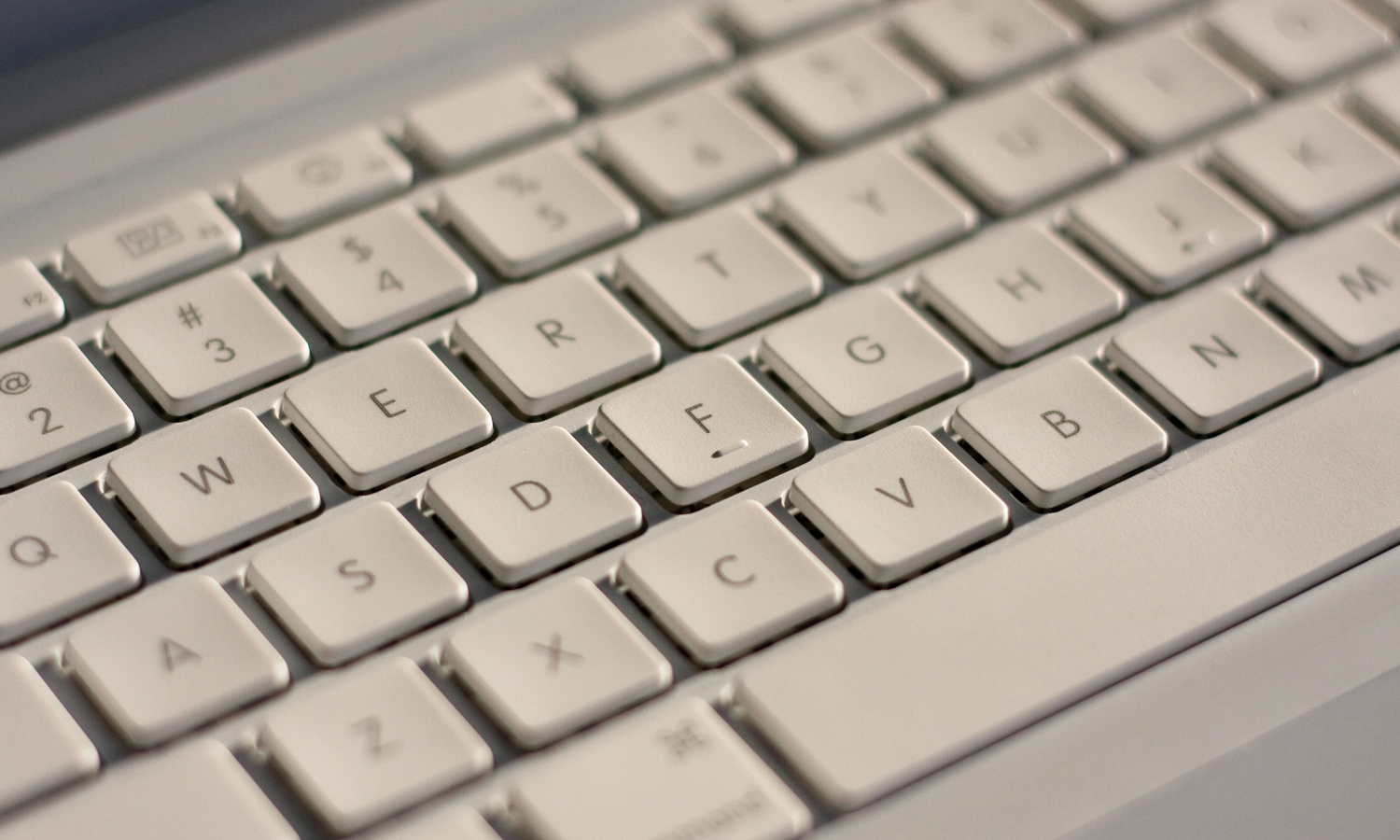

- #MAC KEYBOARD FOR WINDOWS XP HOW TO#
- #MAC KEYBOARD FOR WINDOWS XP MAC OS X#
- #MAC KEYBOARD FOR WINDOWS XP INSTALL#
- #MAC KEYBOARD FOR WINDOWS XP PC#
In the future I would like to share this VM with other developers in the company.
#MAC KEYBOARD FOR WINDOWS XP PC#
It seems to use the layout for a standard Belgian PC keyboard, not the Apple one. I selected the Belgian keyboard layout, and changed 'keyboard type' to Apple (and some variations), but I still the wrong layout. are not working within the Ubuntu instance as they should. However, a lot of special keys, like #,, , etc. I have installed an Ubuntu 10.04 image to do development work on. I'm running Max OS 10.6.8 and VirtualBox 4.0.4. Sean Pue (Columbia University) and Manan Ahmed (University of Chicago) have provided invaluable assistance and guidance in the creation of this page.I'm new to VirtualBox (starting today), but I've looked around at possible solutions for my problem and while there are a few related ones, I can't find a solution for this one. Further discussion of Urdu language processing issues may be found at the CRULP or within the lively and knowledgable Urdu on-line community of weblogs, forums, and email lists e.g., UrduWiki, Urdu Planet, Urdu Blogs. Visit Penn State's Urdu Computing Informationpages for additional Unicode support. The statistics and other font details appearing on this page have been reproduced with their permission. The content and design of this page rely largely on Alan Wood's Unicode Fonts and WAZU JAPAN's Urdu Unicode Fonts these sites are excellent and up-to-date resources to find fonts, text editors, browsers, and other Unicode resources. These fonts will probably work on most Linux systems, either now or in the future.
#MAC KEYBOARD FOR WINDOWS XP HOW TO#
Kamal Abdali's Urdu on the Mac webpage provides instructions on how to enable Urdu and also provides a phonetic keyboard.

However, support is limited to applications like TextEdit and Safari. Using the Mac's own Arabic Unicode fonts, the user will be able to view Urdu-encoded websites using Safari and to produce Unicode-compliant documents using TextEdit. Perso-Arabic scripts are supported from OS X (10.3.x), with the optional installation of additional language support. While OS X also recognizes OpenType layout tables, it uses a different rendering engine (ATSUI), and these fonts are written for Microsoft's engine (called Uniscribe). They are unsuitable for use with Macintosh computers, because they make use of OpenType technology, developed jointly by Microsoft and Adobe, for displaying vowel signs ( matras) and ligatures appropriately.

The fonts recommended on this page have been tested for functionality on PCs running Windows XP.
#MAC KEYBOARD FOR WINDOWS XP MAC OS X#
#MAC KEYBOARD FOR WINDOWS XP INSTALL#
As the default Urdu keyboard is not phonetic, many users may prefer to install a phonetic one (see below). The keyboard may be viewed with the On-screen Keyboard Viewer ( Start > Program Files > Utilities > Accessibility > On Screen Keyboard).



 0 kommentar(er)
0 kommentar(er)
